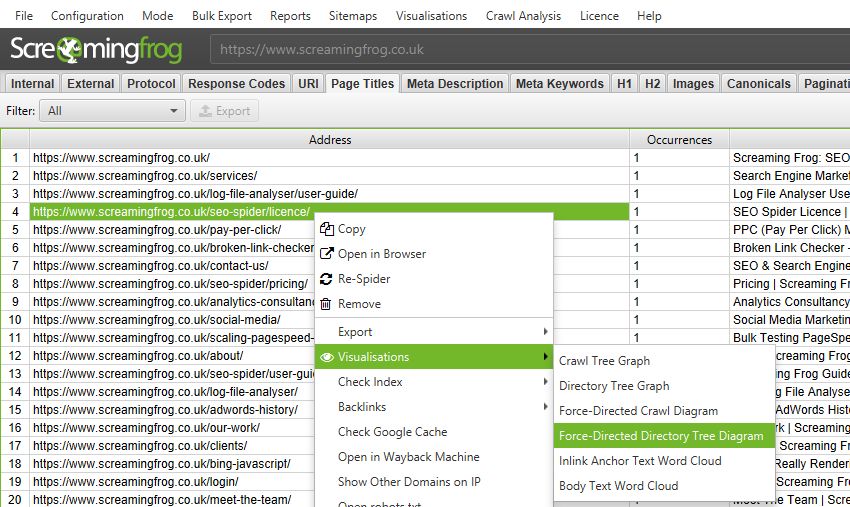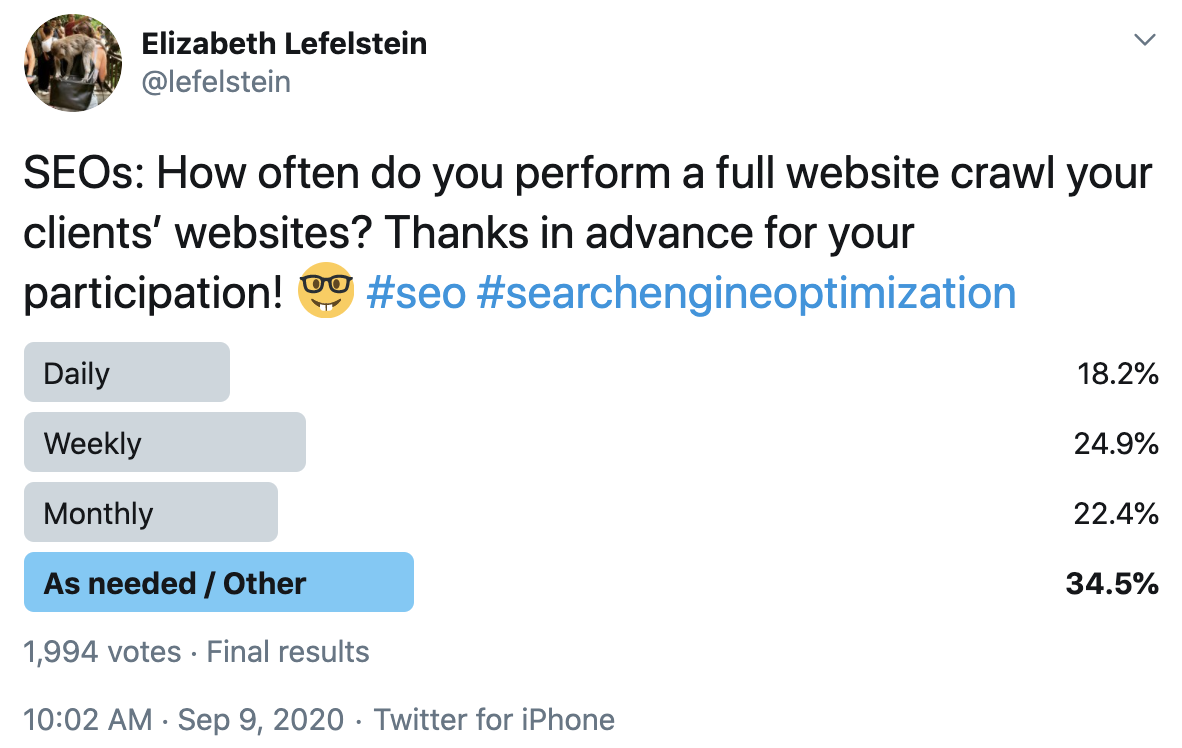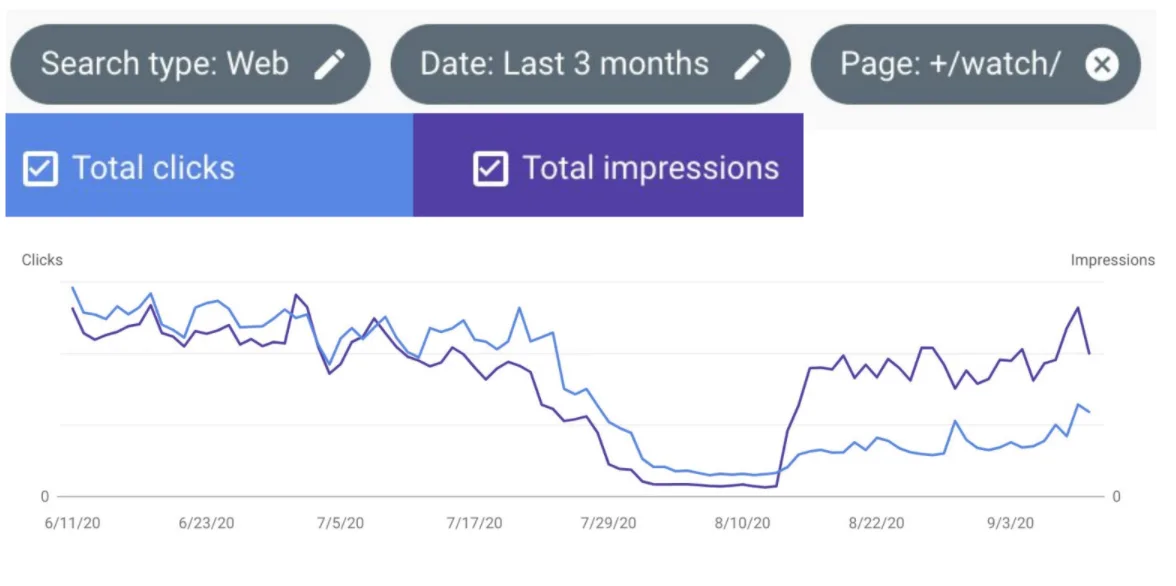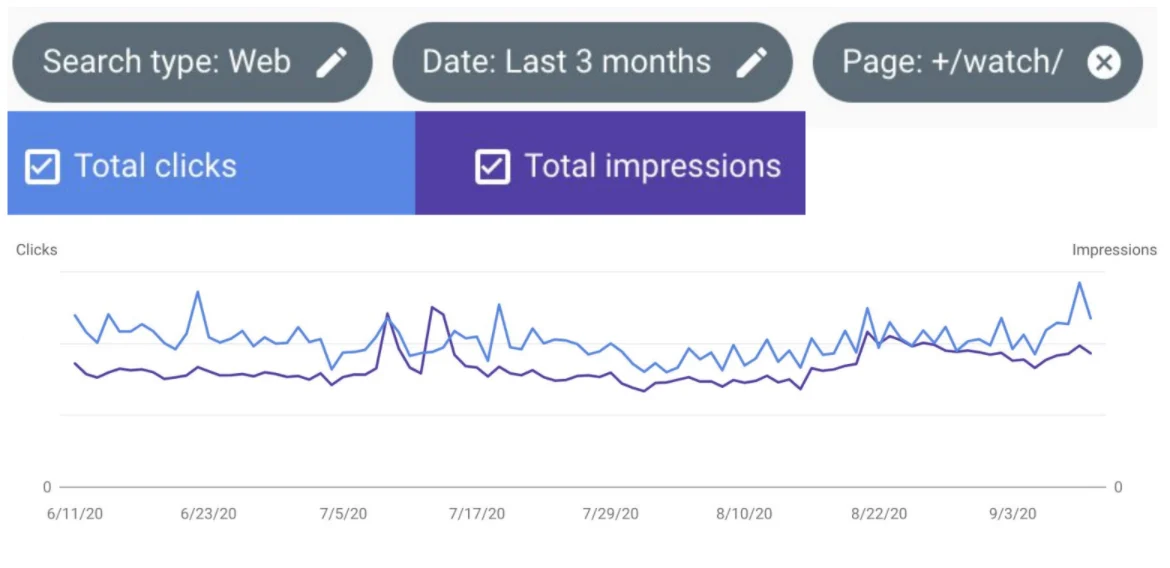17 Sep How Often Should You Perform Technical Website Crawls for SEO? via @lefelstein
Any seasoned SEO professional will tell you how important website crawls are for maintaining strong technical SEO.
But here lies the better questions – how frequently should you perform website crawls?
And how often are they actually performing them?
In this post, we’ll discuss what SEO publications suggest as a “best practice” web crawling cadence and the actual rate SEO pros are performing them.
Then, I’ll demonstrate the benefits of a ramped-up web crawling cadence by sharing a case study from FOX.com.
What’s a Website Crawl, Anyway?
Using specialized tools such as Screaming Frog or DeepCrawl, you can take a look “under the hood” of a website – much like a mechanic does when inspecting cars.
But instead of inspecting the mechanical parts of a car, you are inspecting the optimizable elements of a website – including the quality of its metadata, XML sitemaps, response codes, and more.
When something isn’t working as expected in SEO, it’s up to you to diagnose the problem and find the solution to fix it.
 Example of the Screaming Frog SEO Spider UI.
Example of the Screaming Frog SEO Spider UI.
What Are the Industry Experts Saying About Website Crawl Cadence ‘Best Practice’?
Industry publications seem to be in agreement that “mini” technical audits should be conducted on a monthly basis and “in-depth” technical audits should be conducted on a quarterly or semi-quarterly basis.
However, there is little chatter specifically discussing the “optimal frequency” for performing website crawls:
- “Part of your ongoing SEO strategy includes regular audits to allow you to find and fix issues quickly (we recommend quarterly).” – Erika Varagouli, SEMrush
- “It’s good practice to do an automated scan once a month. This will be often enough to bring up major issues, like any on-page errors in the form of broken links, page titles and meta-data or duplicate content. – Digital Marketing Institute
- “I perform an SEO audit for my clients the first month, monthly (mini-audit), and quarterly (in-depth audit).” – Anna Crowe, Search Engine Journal
A website crawl and technical audit are not the same thing (thank you for the clear separation of the two, Barry Adams).
However, it’s fair to assume that these publications would recommend running a website crawl at least as frequently as they run mini-audits on a monthly basis.
What I Learned About SEO Crawl Cadence in ‘Actual Practice’
Best practice is one thing.
But how often do SEO pros run website crawls for client sites in actual practice?
To get an idea, I took to Twitter. (Yes, Twitter polls do have their obvious limitations – but it’s one of the simplest means to get some tangible data.)
Three days, and nearly 2,000 votes later, the results were in:


Approximately 57% of SEO pros who participated in my poll fell into the “monthly or longer” bucket, while 43% fell into the “weekly” or shorter bucket.
In other words, we were all over the map.
You may not be too surprised by these poll results.
After all, both ends of the spectrum could make complete sense – depending on the type and size of the websites you are managing.
That said, I had an experience at FOX two months ago that made me thankful that we run weekly website crawls across our major domains.
I’d like to share it with you all here – in case it encourages you to increase the cadence of your technical website crawls.
How Weekly Website Crawls Helped FOX Take Swift Action on an allRoutes.json Bug
In late July 2020, the FOX SEO team ran a routine weekly website crawl of FOX.com and discovered that 100% of our TV episode pages were unexpectedly serving error status codes (due to a bug with the allRoutes.json file).
Although the pages displayed fine for users, they were throwing 404s to Google bot – making them ineligible to appear in Google search results.
Not only is “watch time” a major KPI for the site, these pages also generate significant ad revenue for the company.
Needless to say, this crawl guided us towards a serious problem.
 Users were able to navigate and interact with /watch/ pages fine. However, the pages threw 404 codes to Google bots.
Users were able to navigate and interact with /watch/ pages fine. However, the pages threw 404 codes to Google bots.
Thanks to the crawl we diagnosed the problem quickly.
But the solution was complex.
Over the course of three weeks (July 23 – August 13), we honed in on this specific problem and confirmed a steep decline in SEO clicks and impressions from this set of pages.
The bug was fixed by mid-August and we saw clicks and impressions trending upwards back to normal numbers.

 From July 23 – August 13, FOX.com experienced a steep decline in SEO clicks and impressions from /watch/ pages – due to a bug with the allroutes.json file.
From July 23 – August 13, FOX.com experienced a steep decline in SEO clicks and impressions from /watch/ pages – due to a bug with the allroutes.json file.Then, I had a thought:
If we had waited several weeks to a month before running the crawl (which is largely considered best practice), the improper response codes would have done incremental damage to the site’s SEO traffic and ad revenue.
Not only from the problem itself, but the added time to create and execute a solution.
While it’s completely possible to have diagnosed this bug without a full website crawl, it would have made the task unnecessarily difficult.
The screenshot below illustrates that without the right Google Search Console (GSC) filters being established, this particular issue hid under a veil within the Search Results report.
The GSC Coverage report was also 10 days slow to identify errors on our watch pages and only offered examples of affected URLs.
As mentioned earlier, this response code issue did not affect the UX of the page.

 Though the issue was largely veiled without the proper filter set – underscoring the value of a full crawl rather than relying on eyeballing Google Search Console data.
Though the issue was largely veiled without the proper filter set – underscoring the value of a full crawl rather than relying on eyeballing Google Search Console data.Summary
Sure, you can carry on by performing simple Google Search Console “eyeballing.”
But routine crawls can be highly beneficial.
We implemented weekly crawls and haven’t regretted it since – especially after a three-week break-fix.
While it’s not necessary for SEO teams to perform weekly website crawls but you can only benefit from making a monthly crawl commitment – rather than a more relaxed, “as needed” approach.
In the words of Barry Adams:
“You have to constantly improve. You have to put the effort in, make small tweaks, make it faster, make it better, optimize every single part of it. Constantly. All the time.”
And regular website crawls is a great tactic.
More Resources:
- Crawl-First SEO: A 12-Step Guide to Follow Before Crawling
- A Guide to Crawling Enterprise Sites Efficiently
- 10 Ways to Think Like Googlebot & Boost Your Technical SEO
Image Credits
Featured Image: Adobe Stock
All screenshots taken by author, September 2020
Sorry, the comment form is closed at this time.